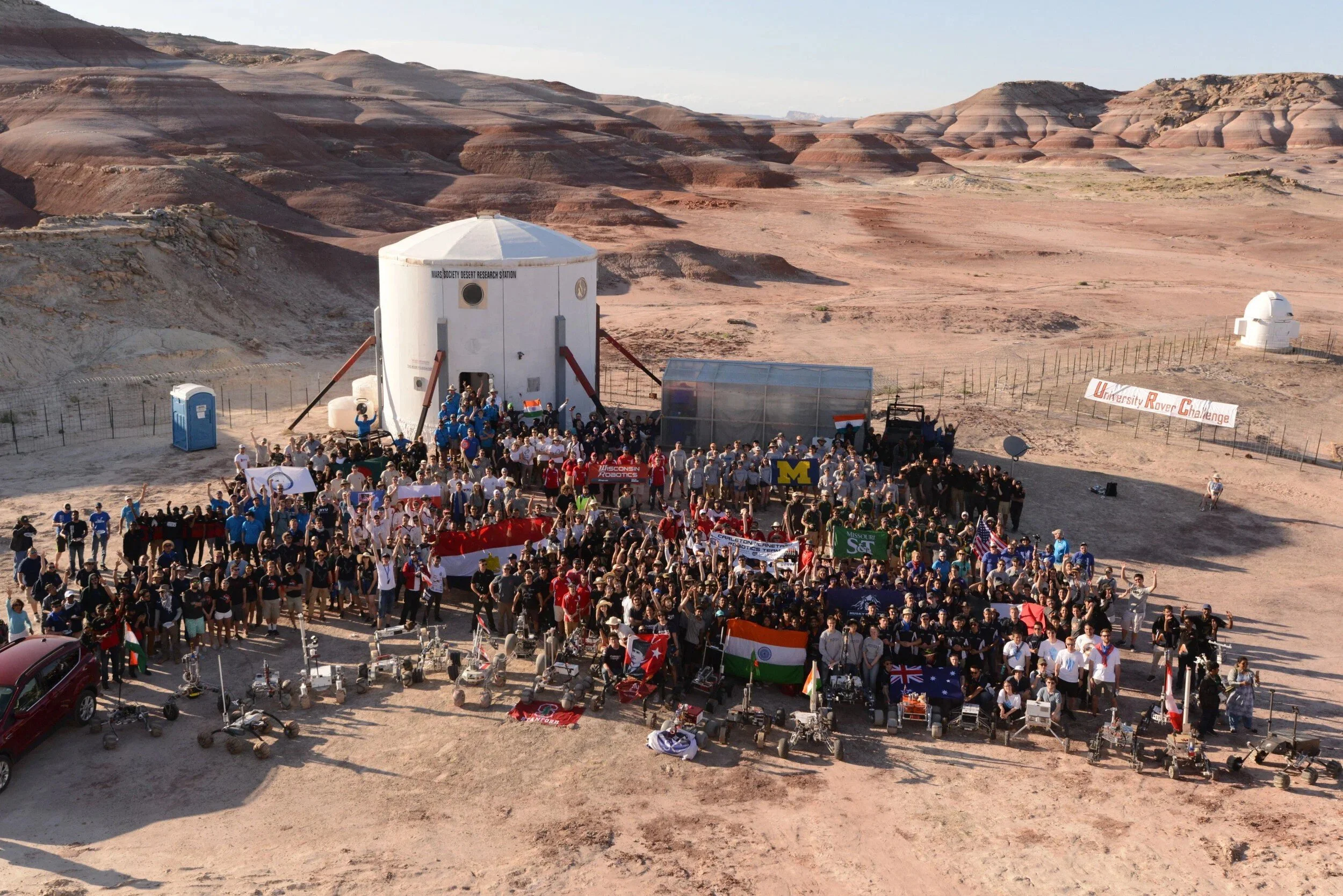Since 2006
The University Rover Challenge
The University Rover Challenge (URC) is the world's premier robotics competition for college students. Held annually in the desert of southern Utah in the United States, the competition challenges student teams to design and manufacture rovers that are tested in their ability to explore a Martian environment. With competitions held annually every summer since 2006, URC has grown to consistently draw an international field of the most talented and promising students around the world.

COMPETITION TASKS














